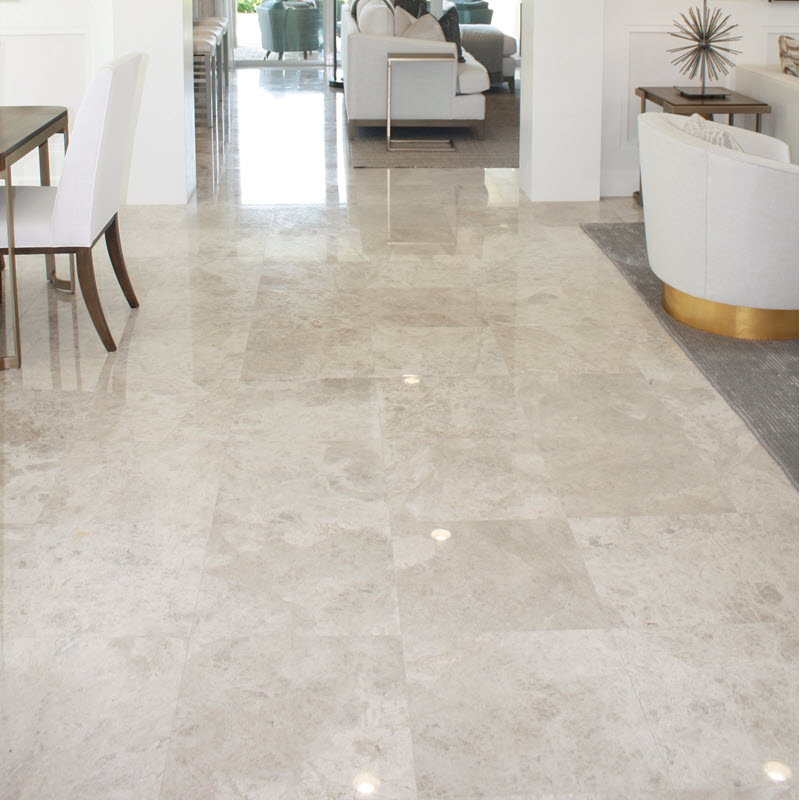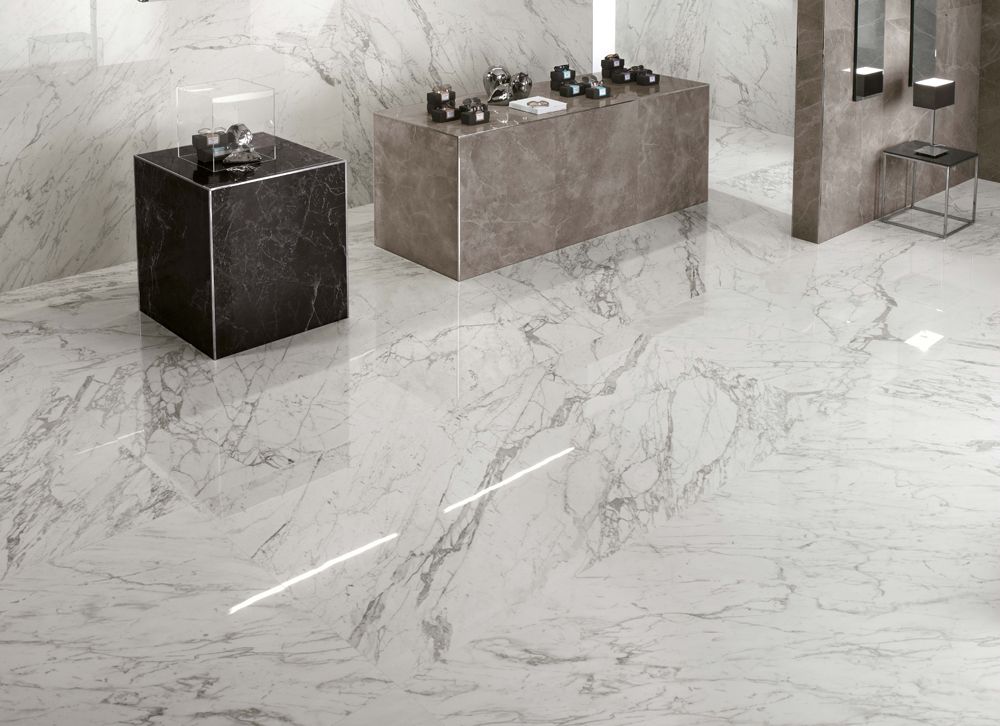investigating the types of floor tiles in iran
Investigating the types of floor tiles in Iran
IN THIS POST:
– Types of Flooring Tiles
– Features of Flooring Tiles
– How to Choose the Right Type
Tile flooring in iran was once most commonly seen in bathrooms and kitchens. However, it is now normal and entirely fashionable for newly constructed houses to use tiles as the most common flooring type, in contrast to mosaic or marble flooring, which was once preferred in homes. As such, if you’re renovating the flooring of your home or building a new home, you must know which type of tile to use and what it’s going to cost you. Stay with us as we discuss the major types tiles in iran as well as their prices with respect to sub-varieties, brands, and other factors
TYPES OF FLOORING TILES IN iran
First things first; let’s talk about the three major types of floor tiles in iran. These are:
Ceramic Tiles
Porcelain Tiles
Stone and mosaic
Now, let’s discuss each of these flooring options in detail and elaborate on the features of each type.
CERAMIC TILES

Ceramic tiles are the most commonly used when people decide to go with flooring tiles in iran. These tiles are made from natural clay that is mixed with water to form a red paste, which is then moulded into shape. The tile is then placed in a kiln at high temperatures. The heat hardens the tile, and once it is ready, a thin layer, much like a glaze, is placed upon it to add a variety of designs, patterns, and colours. The varnish protects it from water and makes it a little scratch resistant. However, both glazed and unglazed varieties are available in the market, with unglazed ceramic tiles being best for outdoor areas. As for glazed ceramic tiles, they are available in both matte and gloss finishes, which we’ll elaborate on below. As far as prices are concerned, the rates may accrue based on the request.
PORCELAIN TILES

Heated at higher temperatures than ceramic tiles, porcelain tiles are also made from clay, but a mix of different ingredients results in a white non-porous tile being formed after being placed in the kiln. The resultant tile is then, less prone to water absorption, more scratch-resistant, and more durable than a ceramic tile. Once the tile is ready, a print is added to the tile to create a half-body tile. In contrast, the colours and patterns are mixed directly into the clay mixture before firing it in the kiln for full-body tiles. We’ll discuss both these types of floor tiles shortly.
Stone and mosaic

Stone and mosaic are two different types of flooring materials, each of which has its own characteristics and advantages. Below are some of the benefits of each:
Stone for the floor:
Natural and luxurious appearance:
Stones naturally have a luxurious appearance and natural beauty and add special value to the space.
high resistance:
Stones are usually resistant to lines and scratches, pressure, heat and water.
High durability:
With proper maintenance, stones are highly durable and can remain in good condition for a long time.
Easy maintenance:
Stones are usually easy to clean and do not require special care.
Diversity:
The presence of different types of stones with different colors, patterns and sizes provides a variety of options.
Suitable for floor heating systems:
Stone usually transfers heat efficiently, so it is compatible with underfloor heating systems.
Mosaic for the floor:
Beautiful and artistic design:
Mosaics are often considered as an art and provide the ability to create beautiful and special designs and patterns.
Flexibility in design:
Due to their small and variable dimensions, mosaics provide the possibility of creating diverse and flexible designs.
Can be used in small spaces:
Due to the small dimensions of mosaics, they can be used in small spaces and even on walls or columns.
Water resistance:
Mosaics are usually resistant to water penetration and are suitable for wet spaces.
Variety in materials:
Mosaics are made from a variety of materials, including ceramic, glass, porcelain, and stone, which provide variety in appearance and use.
Relatively simple installation and maintenance:
Mosaic installation is relatively simple and its maintenance does not require special attention.
When choosing between stone and mosaic for flooring, one needs to consider personal taste, space needs, and available budget.
FEATURES OF FLOORING TILES IN iran
Even though there are only three commonly used tiles in iran, there are a number of factors that set them apart from each other. Let’s elaborate on some of the concepts we’ve briefly touched upon above:
MATTE VS GLOSSY

As mentioned above, for both ceramic and porcelain tiles, a print, design, or pattern is placed on the tile after it is heated in the kiln. This layer can vary in thickness, and the resultant pattern can be both glossy and matte.
Matte tiles are commonly used in kitchens and bathrooms, where water spills are frequent as glossy tiles can be extremely slippery in areas where foot traffic is high. Glossy tiles also give a sheen to the floor and add elegance to the appearance of the room, which makes them more common for lounge areas or drawing rooms.
Granite tiles, being formed from natural rock, do not have prints imposed on them and are generally found in matte varieties with a glaze coated on them to make them even more long-lasting.
HALF-BODY VS FULL-BODY
The major difference between full-body and half-body tiles is in the amount of wear and tear they can bear. Ceramic tiles are always half-body, which means that a thin layer of print is added to the tile after it is manufactured. In contrast, porcelain tiles are offered in both half and full-body varieties. The printed layer on half-body tiles is only a few millimetres thick, which means that when the tile becomes chipped, it will lose its top layer, showing red or white clay underneath.
In contrast, full-body tiles are created to contain their colour, pattern, or design in the entire width of the tile. Thus, when chipped or filed away, these tiles reveal another layer of the exact same design as above, rather than showing a patch of clay underneath, which can be an eyesore.
ROUND-EDGED VS LASER-CUT

Tiles are always placed beside one another with a certain amount of distance, which is filled with grout. However, they can either be round-edged or laser-cut, depending on their manufacturing methods as well as their material. For instance, granite tiles are always cut away from the rock using a laser, resulting in sharp edges. In contrast, ceramic tiles usually have rounded edges, while porcelain is available in a mix of both options.
WHICH TYPE OF TILE TO CHOOSE AND WHY
You now know about the three most commonly available types of flooring tiles in iran, however, choosing between them might depend on a number of factors:
Size
Strength
Durability
Target area
Availability of patterns
Ease of installation
Cost
Here’s a short explanation of each of the factors to consider before you decide on the type of tile that is best for your particular needs.
SIZE
Tiles are available in a range of sizes, with the most common ones for central living areas being of 20×20 inches, 16×16 inches, 12×24 inches, 24×24 inches, and so on. In short, larger square tiles are preferred for lounges, drawing, and dining areas. Bathroom floor tiles generally have sizes of 24×48 inches or 32×32 inches. However, many people prefer to use larger tiles in bathrooms as well, as large tiles make a small space appear big.
STRENGTH

In terms of durability and strength, the comparison of porcelain ceramics and ordinary tiles depends on various factors:
Hardness and scratch resistance:
Porcelain Ceramic: Due to its precise manufacturing process and high temperature and pressure, porcelain ceramic is usually hard and scratch resistant.
Normal tile: its scratch resistance and hardness is less than porcelain ceramic.
Abrasion resistance:
Porcelain ceramic: due to its high hardness, its wear resistance is also higher.
Conventional tile: May be more sensitive to wear and may leak sooner in high-risk areas.hit resistance:
Porcelain ceramic: often has higher impact resistance than regular tile.
Regular tile: May be more sensitive to impacts from falling heavier objects.
Water absorption:
Porcelain ceramic: has less water absorption, which helps water resistance and frost resistance.
Conventional tile: may absorb more water and cause problems in areas with high drainage or in spaces with more thermal changes.
Use in outdoor areas:
Porcelain ceramic: due to its high resistance to atmospheric factors, it is suitable for outdoor spaces.
Ordinary tile: It is usually used for indoor spaces, and outside it may be a little less resistant due to its sensitivity to atmospheric factors.
In general, because of its many positive features, porcelain ceramic is usually superior in durability and strength to conventional tile. But these differences are related to the intended use and specific environmental conditions and should be selected according to your specific needs and project.
TARGET AREA

Ceramic and porcelain tiles, especially matte varieties, are commonly used in bathrooms and kitchens as they are not too slippery, while glossy tiles of both materials are ideal for central living areas where water spills are rare. However, if you really want your kitchen to last through the years, opt for granite tiles which are not only more water-resistant than the other two, but will also be more resistant to damage, cracks, and chips in case you drop a heavy pot or pan on the floor by accident.
AVAILABILITY OF PATTERNS
Digital printing has led to a new boom in the tiling industry with geometric, floral, wooden, and a range of other designs being printed on half-body ceramic and porcelain tiles. In contrast, full-body porcelain tiles have lesser varieties since it is harder to create a large range of designs in the clay mixture before firing it up.
EASE OF INSTALLATION

Ceramic and porcelain tiles are easier to place on cement flooring, using a layer of adhesive to stick the tiles in place. These can also be installed as a DIY project. Granite tiles, however, need professional assistance during installation.
The price of tile flooring in Iran is influenced by several factors. One of the main factors that has a significant effect on the price of this product is the following factors:
Type and quality of tiles:
The type of tile (for example, ceramic, porcelain, granite, marble, etc.) and the quality of its production have a direct effect on the price. Porcelain tiles are usually more expensive than ceramic because they have features such as high resistance to pressure, streaks, and heat.
Design and color:
The design and color of the tile is also influential in determining the price. Tiles with special designs and colors or with special finishes may cost more.
Dimensions and thickness:
The size and thickness of the tile can also affect the price. Larger and thicker tiles may be more expensive.
Country of manufacture and brand:
Domestic tiles and well-known brands usually have a higher price. Also, imported tiles may be more expensive due to import and transportation costs.
order amount:
The amount of tile that is ordered may also have an effect. Larger orders may have a more reasonable price due to higher volume.
Type of installation and base:
The type of installation (direct installation or the need for a special substructure) and the characteristics of the underlying foundation may also be influential. The need for special infrastructure or installation by specialists may increase the cost.
Market conditions:
Market conditions and supply and demand can also affect prices. Changes in these conditions may have a direct impact on the price.
Also, paying attention to installation costs and related items is also very important in evaluating all costs.
قیمت های موجود در سایت تاریخ بروزرسانی آن ها ذکر شده و قیمت نهایی محصولات نمی باشند. لطفا جهت ثبت سفارش و استعلام قیمت بروز با کارشناسان ما در ارتباط باشید.
(035-3357)